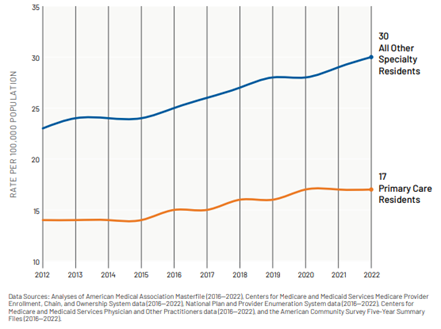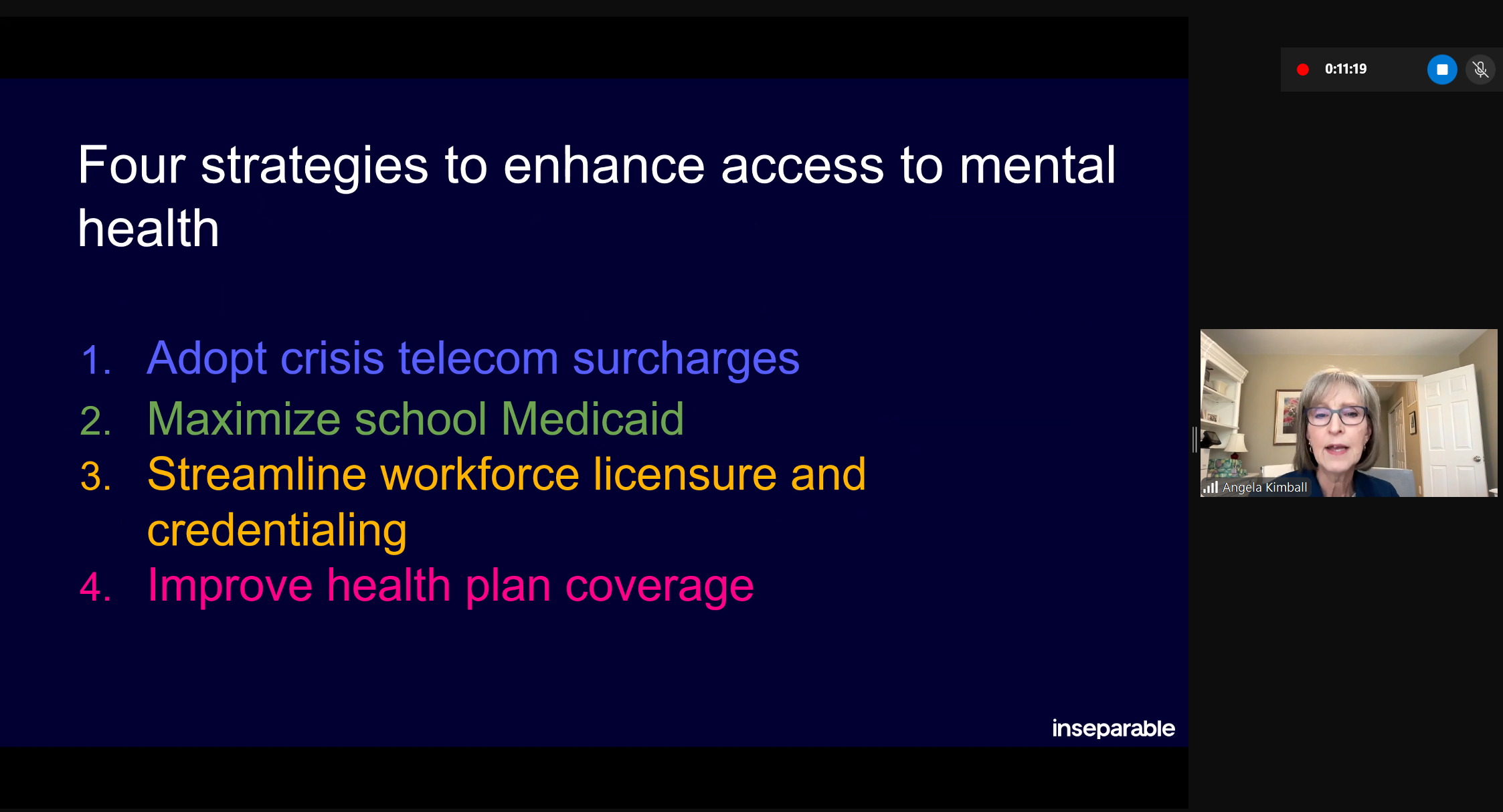Expanding access to clean, renewable distributed energy resources in an equitable manner is a priority of many Governors, and can cut household costs, improve public health, and reduce greenhouse gas emissions.
(Download)
Background
As technology continues to advance, prices decline, and new federal funding through the Infrastructure Investment and Jobs Act (IIJA) and other federal legislation provides capital for new energy technologies, Governors are actively advancing distributed energy resources (DERs). Governors and state energy policymakers are establishing ambitious decarbonization, reliability, and electrification goals, working to reduce energy costs, and, increasing customer choice by increasing the deployment of and access to DERs (i.e., rooftop solar, wind energy, heat pumps, electric vehicle infrastructure, battery storage, microgrids, and energy efficiency) across their states and territories. Expanding access to clean, renewable DERs in an equitable manner is a priority of many Governors, and can cut household costs, improve public health, and reduce greenhouse gas emissions (GHGs).
Governors are setting increasingly ambitious state energy goals that are enhancing the deployment of DERs, and are increasingly including equity provisions in energy policies, including DER programs. Below are some state policy drivers that focus on either enhancing DER deployment generally or specific equity-related provisions.
- 17 states, plus the U.S. Virgin Islands and Puerto Rico, have established 50 to 100 percent carbon-free or -neutral electricity or renewable portfolio requirements between 2030 and 2050 that often will rely on a variety of DERs such as wind, solar, and energy efficiency measures to meet these targets.
- 11 states have codified requirements that utility regulators must consider equity in their decisions.
- 16 states currently have an authorized intervenor compensation, financing, or funding program in their legislative rules and statutes.
- 20 states and Washington, D.C. have cost caps in their Renewable Portfolio Standards (RPS) policies to limit increases to a certain percentage of ratepayers’ bills.
- As of July 2021, at least 47 states and Washington, D.C., offer incentives to support the deployment of electric vehicles or alternative fuel vehicles and supporting infrastructure, either through state programs or private utility incentives within the state.
- As of December 2021, 39 states, plus Washington D.C., have community solar projects in place, and 22 states, plus Washington, D.C., have policies that support community solar.
While DERs can bolster state and local economies through job creation, tax revenues, and lower energy costs, data indicates that under-resourced communities have experienced an inequitable share of the costs and have not seen the same benefits from this transition. Although costs of DERs have declined, many low-income and rural customers are unable to afford the up-front costs of DER technologies. In other instances, low- and moderate-income (LMI) customers may live in housing with deferred maintenance and other structural challenges that would increase the cost of DERs such as rooftop solar and energy efficiency measures. Renters responsible for their energy bills may not be able to make the requisite updates needed to reduce energy costs. DERs funded through utility rates may be cross subsidized by LMI ratepayers and is a concern if LMI populations are unable to access the technologies themselves. For example, some solar, EV and other programs have been paid for by all ratepayers; however, these programs have been utilized primarily by those with higher incomes.
This paper provides a brief overview of how Governors can increase access to distributed energy resources for under-resourced communities through a range of policy and regulatory mechanisms, such as state laws, executive orders, stakeholder engagement and governance, and energy utility regulations and rate design.
Key Gubernatorial actions described in this paper are grouped in the following categories:
- Establish agency leadership & governance structures to support state agencies and local communities;
- Engage with stakeholders and gather data to identify needs and inform policy/programs;
- Prioritize DER deployment in geographically vulnerable (flooding-prone and rural) communities;
- Develop grant and financing programs to reduce the cost of DERs for low- and moderate-income (LMI) communities; and
- Work with state and territory public utility commissions (PUCs) to establish equitable rate structures/classes that minimize cross-subsidization.












